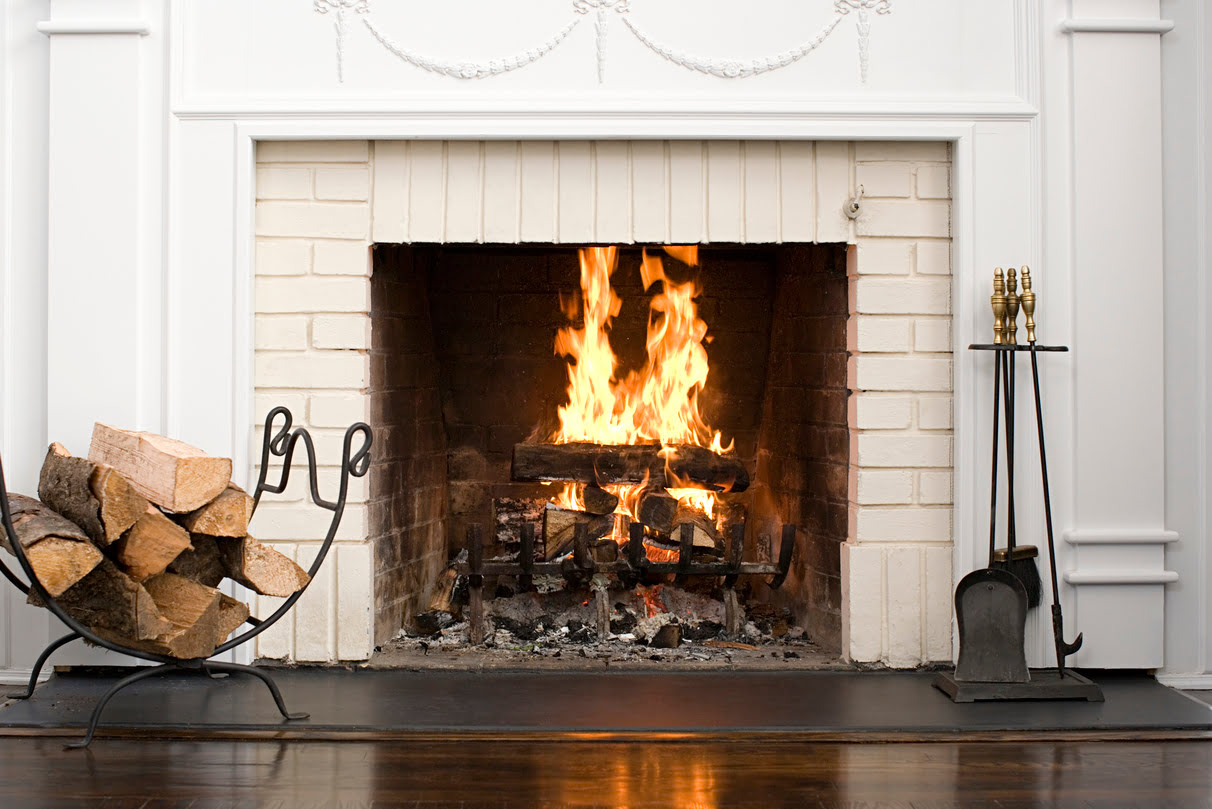

Articles
How To Make A Wood Fireplace More Efficient
Modified: October 22, 2024
Learn how to make your wood fireplace more efficient with these informative articles. Find tips and tricks to improve heat output and reduce energy waste.
(Many of the links in this article redirect to a specific reviewed product. Your purchase of these products through affiliate links helps to generate commission for Storables.com, at no extra cost. Learn more)
Introduction
Having a wood fireplace in your home can create a cozy and warm atmosphere during the colder months. However, traditional wood fireplaces can be inefficient, resulting in heat loss and wasted energy. Fortunately, there are several steps you can take to make your wood fireplace more efficient, helping you save on energy costs and reduce your environmental impact.
In this article, we will explore various methods to improve the efficiency of your wood fireplace. From insulating the chimney to installing a fireplace blower, these tips will help you maximize the heat output of your fireplace and minimize energy waste. Let’s dive in and discover how you can transform your wood fireplace into an efficient heating source for your home.
Key Takeaways:
- Transform your wood fireplace into an efficient heating source by insulating the chimney, using proper firewood, and installing a fireplace insert. Regular maintenance and cleaning are crucial for optimal performance.
- Enhance the efficiency of your wood fireplace with heat-resistant glass doors, a fireplace blower, and sealing air leaks. These measures improve heat retention, reduce energy waste, and create a cozy living space.
Read more: How To Make Gas Fireplace More Efficient
Insulate the Chimney
One of the main causes of heat loss in a wood fireplace is an uninsulated chimney. Without proper insulation, the chimney can act as a conduit for warm air to escape, resulting in wasted energy and a less efficient heating system.
To insulate the chimney, you can use a variety of materials, such as insulation sleeves or chimney liners. These materials create a barrier that helps to trap and retain the heat inside the chimney, preventing it from escaping out. This not only improves the efficiency of your wood fireplace but also enhances the overall safety of your home by reducing the risk of chimney fires.
It is important to note that when insulating the chimney, it is recommended to consult a professional chimney sweep or fireplace technician. They can provide guidance on the appropriate insulation materials and ensure that the installation is done correctly, adhering to safety standards.
Additionally, regular maintenance and inspection of the chimney are crucial to ensure optimal performance. Cleaning the chimney regularly removes any buildup of creosote, which can hinder the efficient flow of air and heat. A clean chimney also reduces the risk of chimney fires and improves overall ventilation.
By properly insulating and maintaining your chimney, you can significantly improve the efficiency of your wood fireplace, allowing you to enjoy a warm and cozy atmosphere while minimizing heat loss and energy waste.
Use Proper Firewood
The type of firewood you use in your wood fireplace can have a significant impact on its efficiency. Using proper firewood can help maximize heat output and reduce the amount of smoke and pollutants produced during combustion.
When selecting firewood, it is essential to choose well-seasoned hardwoods, such as oak, maple, or birch. These types of wood burn hotter and longer compared to softwoods like pine or spruce. Hardwoods have a higher density and lower moisture content, allowing them to generate more heat with less smoke and ash.
Properly seasoned firewood should have a moisture content of around 20% or less. Burning wet or green wood not only produces less heat but also results in more smoke and creosote buildup in the chimney, leading to reduced efficiency and potential safety hazards.
A great way to ensure that your firewood is properly seasoned is to store it in a dry, well-ventilated area for at least six months before use. This allows the wood to dry out and reach its optimal moisture level. It is also a good idea to stack the wood off the ground to prevent moisture absorption from the soil.
In addition to choosing the right type and season of firewood, it’s important to use the correct size and configuration. Cut the firewood into smaller, manageable pieces that fit well in your fireplace. This allows for better airflow and more efficient combustion. Avoid using oversized logs that may restrict airflow and hinder the ability to control the fire.
By using proper firewood, you can maximize the heat output of your wood fireplace, reduce waste, and create a more efficient and environmentally-friendly heating source for your home.
Install a Fireplace Insert
If you want to enhance the efficiency of your wood fireplace significantly, consider installing a fireplace insert. A fireplace insert is a self-contained unit that is inserted into the existing fireplace opening. It acts as a more efficient heating source by effectively trapping the heat inside and directing it into the room.
Fireplace inserts are typically made from cast iron or steel and come with built-in fans or blowers that help circulate the warm air more evenly throughout the space. This increased circulation of heated air reduces heat loss and ensures that the room remains cozy and comfortable.
In addition to improved heat distribution, fireplace inserts can also increase the overall energy efficiency of your wood fireplace. They often have features such as tightly sealed doors and adjustable dampers, which prevent drafts and allow for better control of the airflow and combustion process.
Fireplace inserts are available in a variety of styles and designs, allowing you to choose one that matches your home decor and personal preferences. They can be fueled by wood, gas, or even electricity, providing you with options that best suit your needs and lifestyle.
It is important to note that installing a fireplace insert may require professional assistance, especially when it comes to proper venting and installation. Consulting with a fireplace technician or a heating specialist will ensure that the insert is installed correctly and in compliance with safety regulations.
By installing a fireplace insert, you can transform your wood fireplace into a highly efficient heating unit, reducing heat loss and improving the overall energy efficiency of your home.
Add a Fireplace Grate
Adding a fireplace grate to your wood fireplace can greatly improve its efficiency by optimizing airflow and combustion. A fireplace grate is a metal frame with evenly spaced bars or slats that elevate the firewood off the ground, creating a space for air to circulate around the burning wood.
By lifting the firewood off the floor of the fireplace, a grate allows for better oxygen supply and improved airflow to the fire. This promotes more efficient and complete combustion, resulting in hotter and cleaner-burning fires.
When selecting a fireplace grate, opt for one that is the appropriate size for your fireplace. Make sure the grate fits securely and snugly in the fireplace, providing ample support for the firewood. A well-fitting grate ensures that the firewood remains stable and in an optimal position for efficient burning.
In addition to improving combustion, a fireplace grate also prevents the firewood from directly touching the floor of the fireplace. This reduces the risk of the firewood smoldering and producing excessive smoke or ash. It also makes it easier to clean out the ashes after the fire has burned out.
Furthermore, a fireplace grate helps to keep the firewood elevated and allows for better airflow, reducing the chances of the fire being suffocated and creating excessive smoke. This can help maintain a cleaner and healthier indoor air quality.
Adding a fireplace grate is a relatively simple and affordable way to enhance the efficiency of your wood fireplace. It promotes better airflow and combustion, resulting in a more efficient and effective heating source for your home.
Read more: How To Stack Wood In A Fireplace
Clean and Maintain Regularly
Maintaining a clean and well-maintained fireplace is essential for its efficiency and safety. Regular cleaning and maintenance not only improve the fireplace’s performance but also prolong its lifespan.
One of the most crucial maintenance tasks is cleaning out the fireplace and removing any ash and soot buildup. Ashes can accumulate over time and restrict airflow, leading to reduced efficiency and difficulty in starting a fire. Use a metal scoop or shovel to carefully remove the ashes from the fireplace and dispose of them in a designated ash container.
In addition to cleaning out the ashes, it is also essential to regularly inspect and clean the chimney. Creosote, a byproduct of burning wood, can accumulate on the chimney walls and pose a fire hazard. Hiring a professional chimney sweep to clean and inspect the chimney at least once a year is recommended.
Inspecting the fireplace and its components regularly is crucial as well. Check for any cracks or signs of wear and tear in the firebrick, mortar joints, or damper. Cracks or damage can impact the efficiency and safety of the fireplace, so it’s important to address them promptly.
Another maintenance task is checking and replacing the fireplace gasket or seal. The gasket is responsible for creating an airtight seal when the fireplace doors are closed, preventing any air leaks and maximizing efficiency. If the gasket is worn or damaged, it should be replaced to ensure proper sealing.
Lastly, don’t forget to clean the glass doors or windows of your fireplace. Over time, soot and residue can accumulate, obstructing the view and reducing the efficiency of the heat transfer. Clean the glass regularly with a non-abrasive glass cleaner to maintain its clarity and maximize heat output.
By cleaning and maintaining your wood fireplace regularly, you can ensure its optimal performance, improve efficiency, and minimize potential safety hazards.
Install a fireplace insert to increase efficiency by capturing and circulating more heat. This can reduce heat loss and improve overall heating efficiency.
Use Heat-Resistant Glass Doors
Installing heat-resistant glass doors on your wood fireplace can significantly improve its efficiency by preventing heat loss and increasing heat transfer into the room. These doors create an airtight seal when closed, preventing drafts and minimizing the escape of heated air up the chimney.
Heat-resistant glass doors are typically made with tempered or ceramic glass, designed to withstand the high temperatures generated by the fire. The glass is durable and can withstand direct exposure to the flames without cracking or shattering.
When the fireplace is not in use, keeping the glass doors closed helps to prevent cold air from entering the room and warm air from escaping. This reduces drafts and heat loss, making your wood fireplace more efficient and saving on heating costs.
When using the wood fireplace, you can keep the doors partially open to allow for ventilation and better heat circulation. The doors act as a barrier to prevent sparks or embers from escaping into the room while still allowing warm air to flow into the space.
In addition to improving efficiency, heat-resistant glass doors also provide a layer of safety by acting as a barrier between the fire and the surrounding area. This prevents accidental contact with the flames or flying embers, reducing the risk of unintentional fires.
Keep in mind that heat-resistant glass doors should be professionally installed to ensure proper fit and sealing. Consulting with a fireplace technician or a heating specialist will ensure that the doors are installed correctly and meet safety regulations.
By using heat-resistant glass doors on your wood fireplace, you can enhance its efficiency, improve heat retention, and create a safer and more controlled heating source for your home.
Install a Fireplace Blower
Installing a fireplace blower, also known as a fireplace fan or an air circulation system, can greatly improve the efficiency of your wood fireplace. A fireplace blower helps to distribute the warm air generated by the fire more effectively throughout the room.
A fireplace blower works by drawing in cool air from the room and circulating it over the hot surfaces of the firebox and the fireplace insert. As the air passes over these heated surfaces, it absorbs the warmth and is then ejected back into the room, providing a more even and efficient distribution of heat.
The increased circulation of warm air not only helps to heat the room more effectively but also reduces cold spots and drafts. This can be especially beneficial in larger spaces or rooms that are further away from the fireplace.
Installing a fireplace blower is a relatively simple process and can usually be done as a DIY project. However, it is important to ensure that the blower is compatible with your specific fireplace model and to follow the manufacturer’s instructions for installation.
Fireplace blowers are available in various sizes and capacities, so it’s important to choose one that matches the dimensions of your fireplace. Additionally, opting for a blower with adjustable speed settings allows you to control the airflow and heat output to suit your preferences and needs.
Not only does a fireplace blower improve the efficiency of your wood fireplace, but it also helps to reduce the amount of wood needed to maintain a comfortable temperature in your space. This can result in cost savings and a more sustainable use of resources.
By installing a fireplace blower, you can maximize the heat output of your wood fireplace, improve heat distribution, and create a more efficient and cozy environment in your home.
Seal Air Leaks
Sealing air leaks in and around your wood fireplace can significantly improve its efficiency by preventing the escape of warm air and minimizing drafts. Locate and seal any gaps, cracks, or openings that may be present in your fireplace and its surrounding areas.
One common area for air leaks is around the fireplace doors or glass panels. Check for gaps between the frame and the doors or any cracks in the glass. These gaps can allow cold air to enter and warm air to escape, reducing the efficiency of the fireplace. Use a high-temperature silicone caulk or gasket seal to seal these gaps and create an airtight seal.
In addition to sealing the doors, inspect the area around the fireplace for any gaps or cracks. Seal these openings using fire-resistant materials, such as fire-resistant caulk or expanding foam. Pay special attention to the junction between the fireplace and the surrounding walls or chimney, as these areas are prone to air leaks.
Another potential source of air leaks is the chimney damper. Inspect the damper to ensure that it is functioning properly and closing tightly when not in use. If you notice any gaps or leaks around the damper, consider installing a damper seal or using a chimney balloon to create a tight seal and prevent heat loss.
It is also important to check and seal any gaps or cracks in the flue or chimney liner. Over time, these components can deteriorate or develop cracks, allowing air to escape. Use a high-temperature mortar or sealant designed for chimney use to seal these gaps and improve the chimney’s efficiency.
Finally, don’t forget to check the area around the hearth. Seal any gaps between the fireplace and the flooring using a fire-resistant caulk or sealant. This will help to prevent drafts and ensure that the warm air stays in the room.
Sealing air leaks in and around your wood fireplace is a simple and effective way to improve its efficiency. By reducing heat loss and preventing drafts, you can create a more comfortable and energy-efficient heating source for your home.
Read more: How To Light Wood Fireplace
Use a Damper Clamp
A damper clamp is a simple yet effective device that can help improve the efficiency of your wood fireplace by preventing heat loss when the fireplace is not in use. It provides a secure and tight seal, ensuring that cold air stays out and warm air stays in.
The damper clamp is designed to hold the damper in a partially or fully closed position, sealing off the chimney and minimizing heat loss. By closing the damper partially, you can maintain a small airflow for ventilation while still preventing most of the warm air from escaping.
Installing a damper clamp is relatively easy and can usually be done as a DIY project. The clamp is typically made of metal and is designed to fit securely around the damper handle, holding it in place. It can be adjusted to control the amount of airflow and maintain the desired temperature in the room.
In addition to improving the efficiency of the fireplace, using a damper clamp can also help reduce the risk of downdrafts and cold air drafts from entering the room through the chimney. This can make your living space more comfortable and prevent the need to constantly adjust the thermostat.
It’s important to note that when using a damper clamp, always ensure that the fire is completely extinguished and the embers have cooled before closing the damper. This will prevent the buildup of harmful gases and ensure the safety of your home.
Before installing a damper clamp, it’s recommended to consult a professional chimney sweep or a fireplace technician. They can provide guidance on the appropriate type and size of damper clamp for your specific fireplace and ensure that it is installed correctly.
By using a damper clamp, you can minimize heat loss, reduce drafts, and improve the overall efficiency of your wood fireplace. It’s a cost-effective solution that can help you save on energy costs and create a more efficient heating source for your home.
Conclusion
Enhancing the efficiency of your wood fireplace not only helps you create a warm and cozy atmosphere in your home but also contributes to energy savings and a lower environmental impact. By implementing the strategies discussed in this article, you can make your wood fireplace more efficient and maximize its heat output.
Insulating the chimney, using proper firewood, installing a fireplace insert, adding a fireplace grate, and cleaning and maintaining your fireplace regularly are all essential steps to improve its efficiency. These measures promote better airflow, reduce heat loss, and optimize the combustion process, resulting in a more efficient heating system.
Additionally, using heat-resistant glass doors, installing a fireplace blower, sealing air leaks, and utilizing a damper clamp further enhance the efficiency of your wood fireplace. These measures help to retain and distribute heat more effectively, providing you with a warmer and more comfortable living space.
It’s important to note that while these strategies can significantly improve the efficiency of your wood fireplace, it’s always essential to prioritize safety. Regularly inspect your fireplace and chimney, adhere to proper maintenance practices, and consult professionals when necessary.
By implementing these measures, you can transform your wood fireplace into a more efficient and environmentally-friendly heating source for your home. Enjoy the warmth and comfort it provides while reducing energy waste and maximizing cost savings.
Frequently Asked Questions about How To Make A Wood Fireplace More Efficient
Was this page helpful?
At Storables.com, we guarantee accurate and reliable information. Our content, validated by Expert Board Contributors, is crafted following stringent Editorial Policies. We're committed to providing you with well-researched, expert-backed insights for all your informational needs.
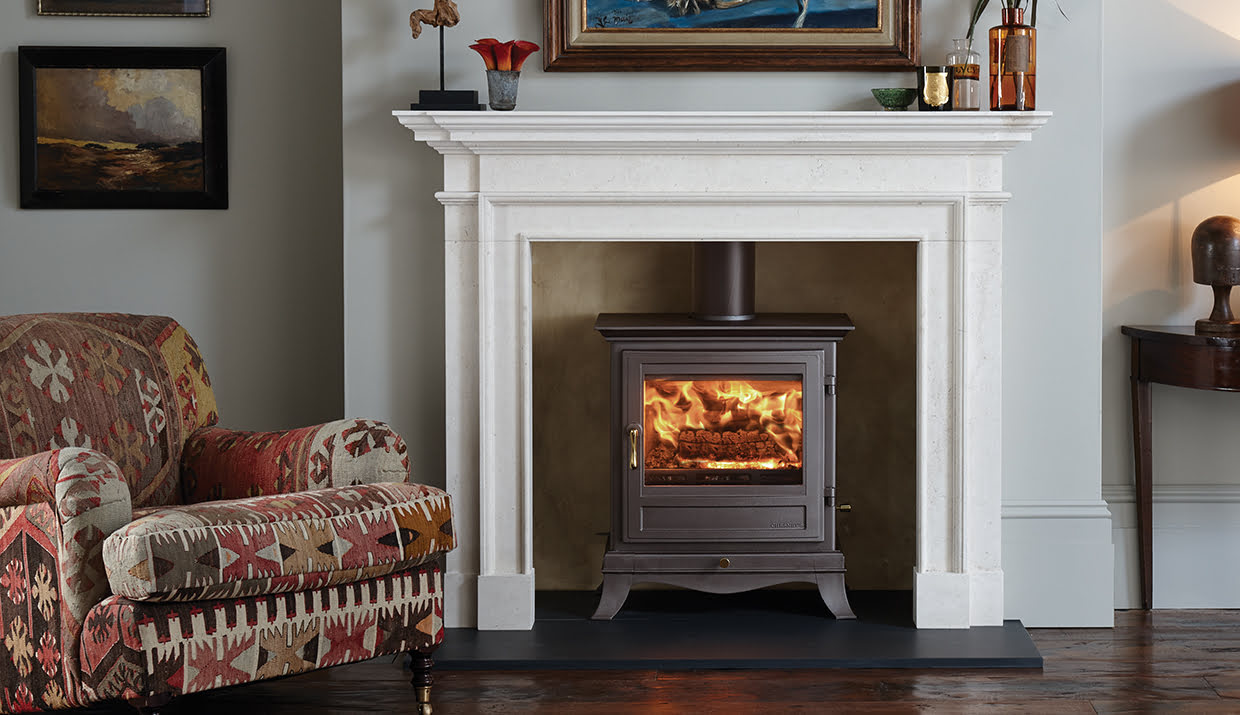
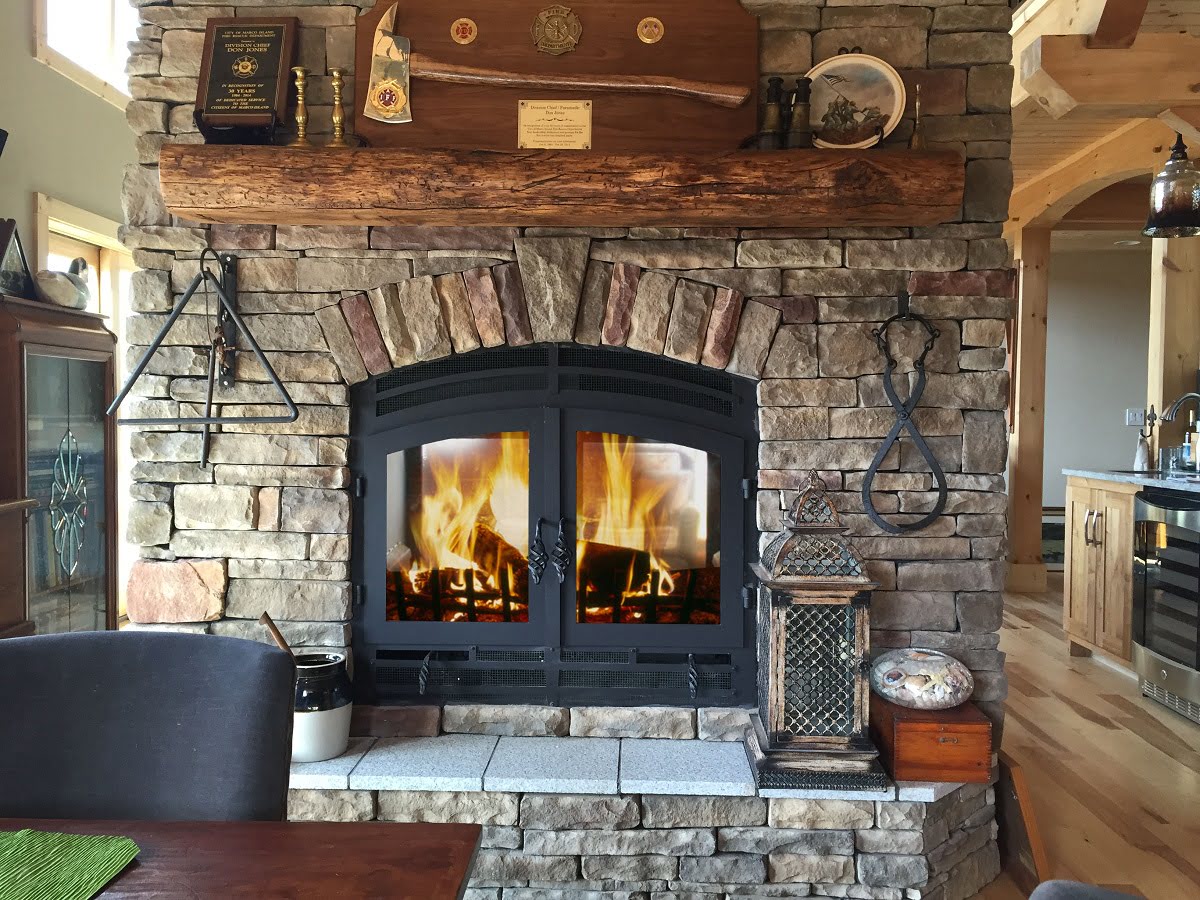
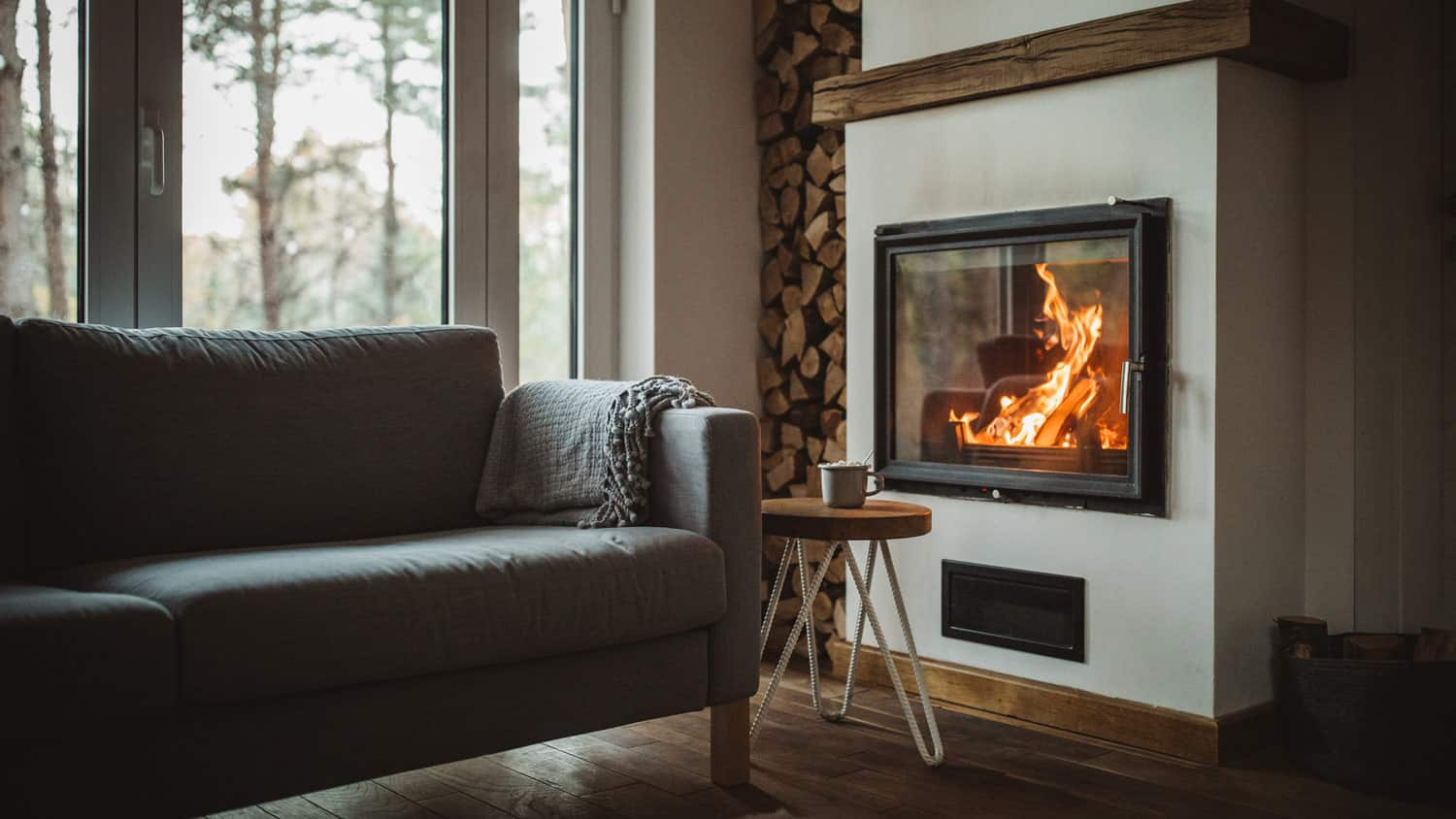
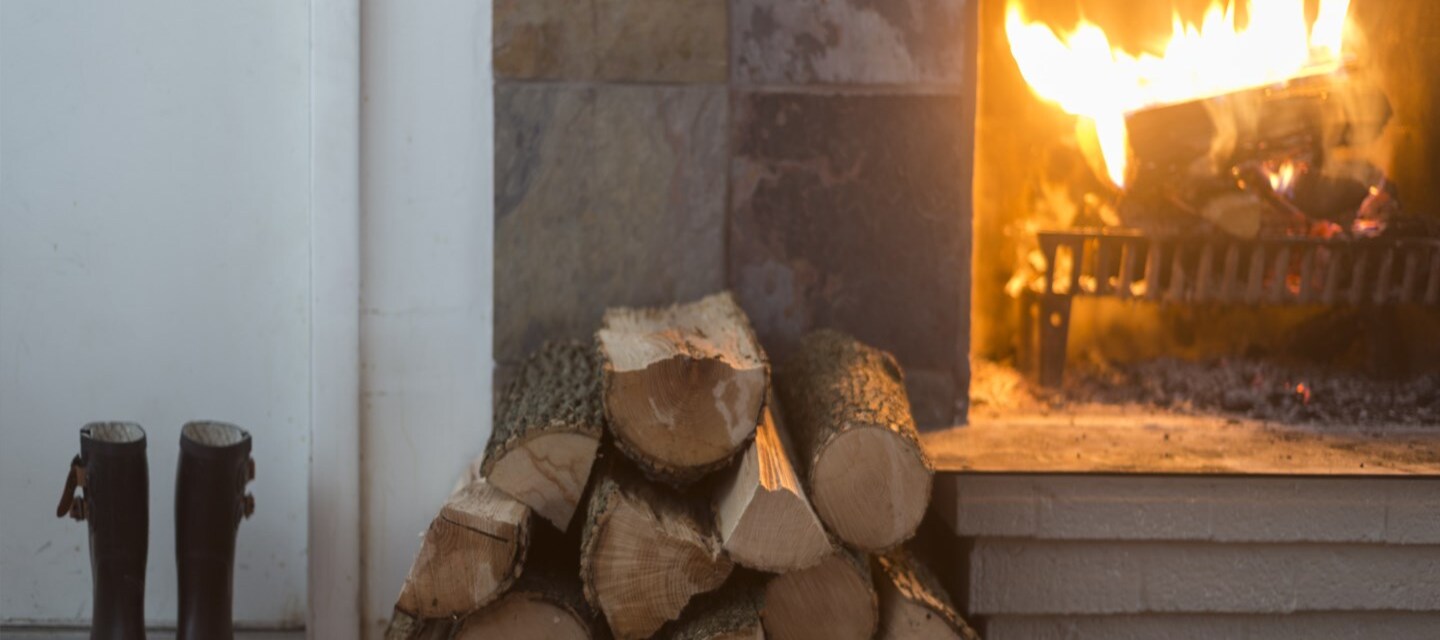
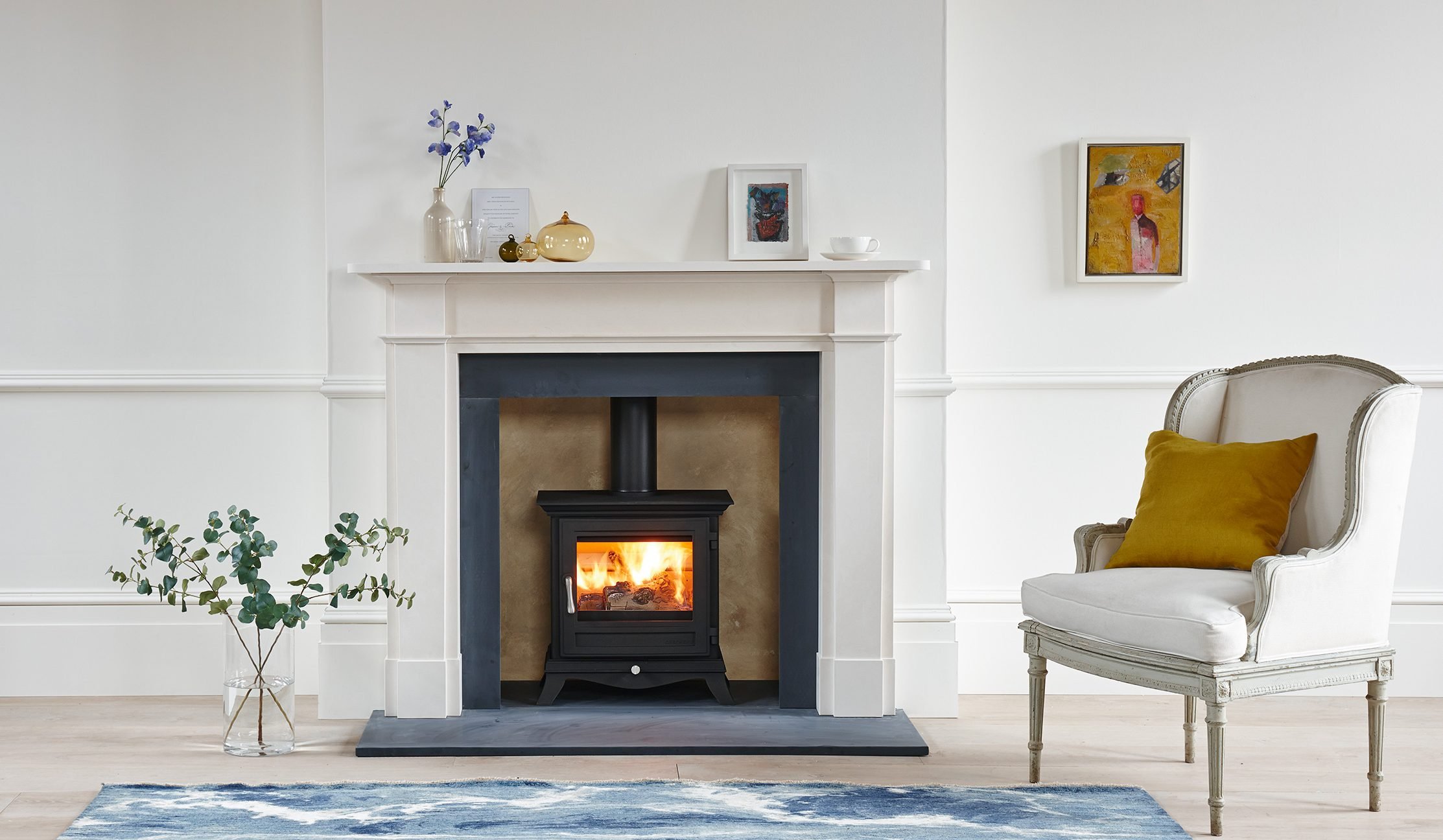
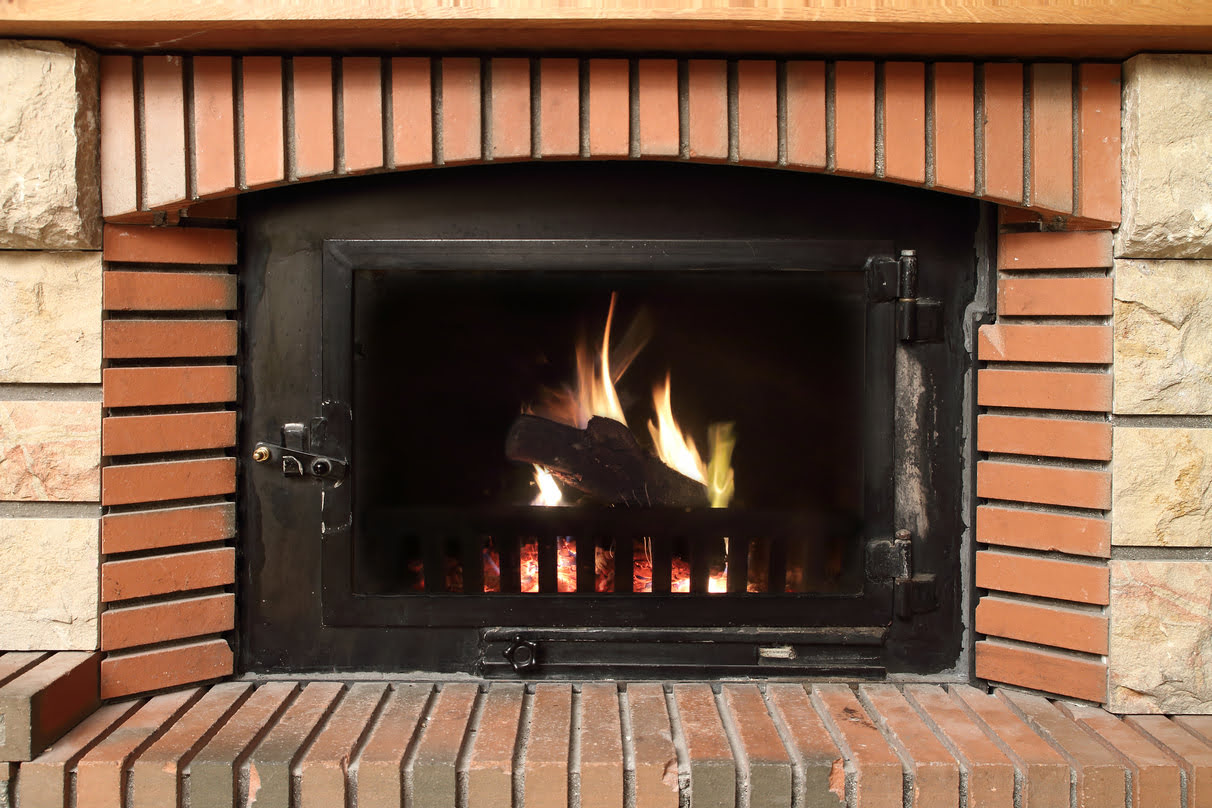
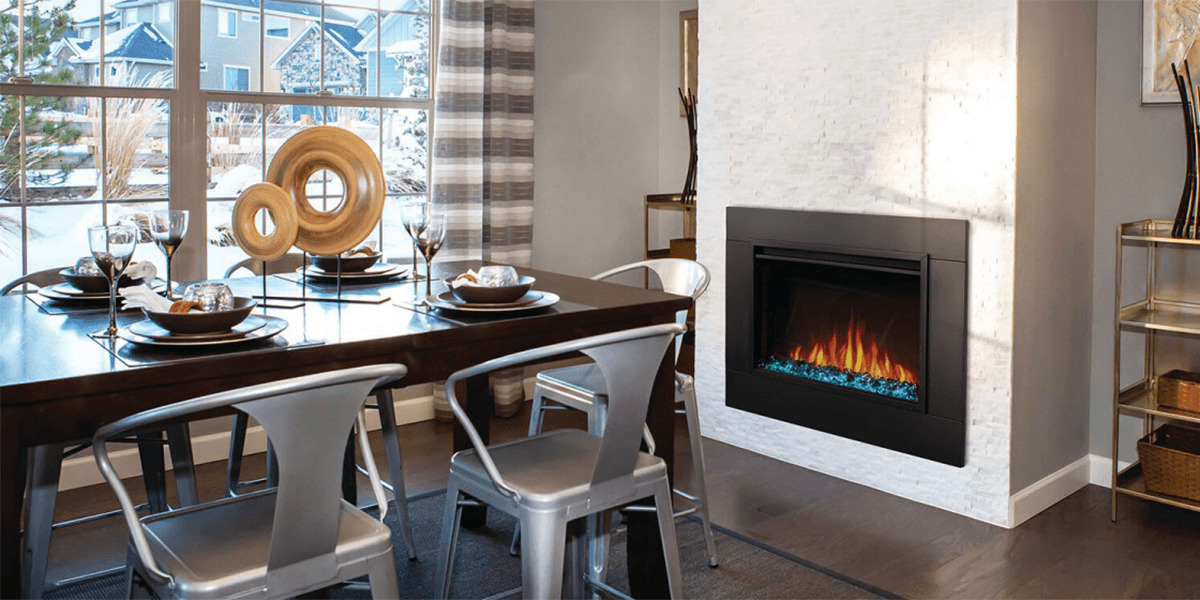




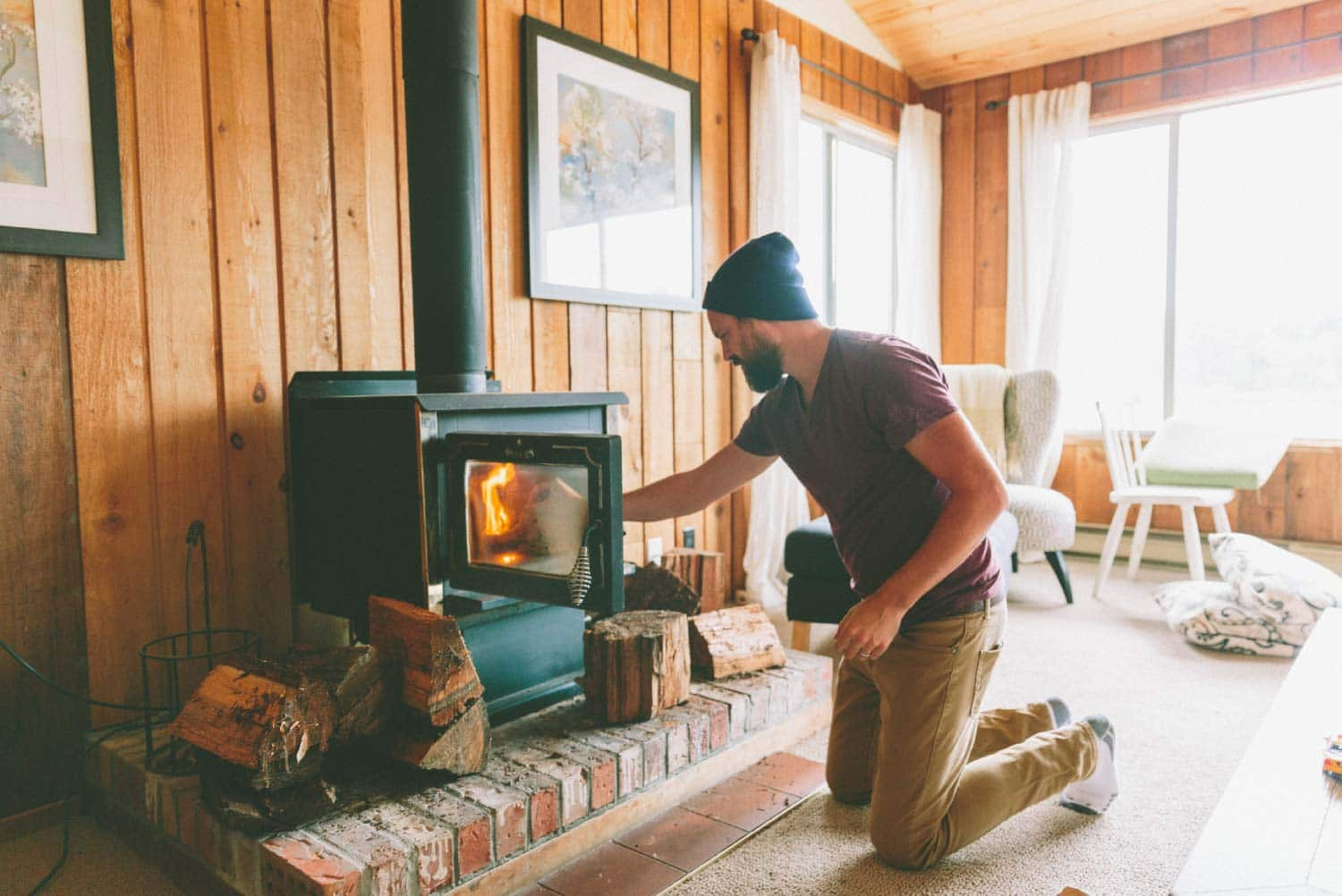


0 thoughts on “How To Make A Wood Fireplace More Efficient”